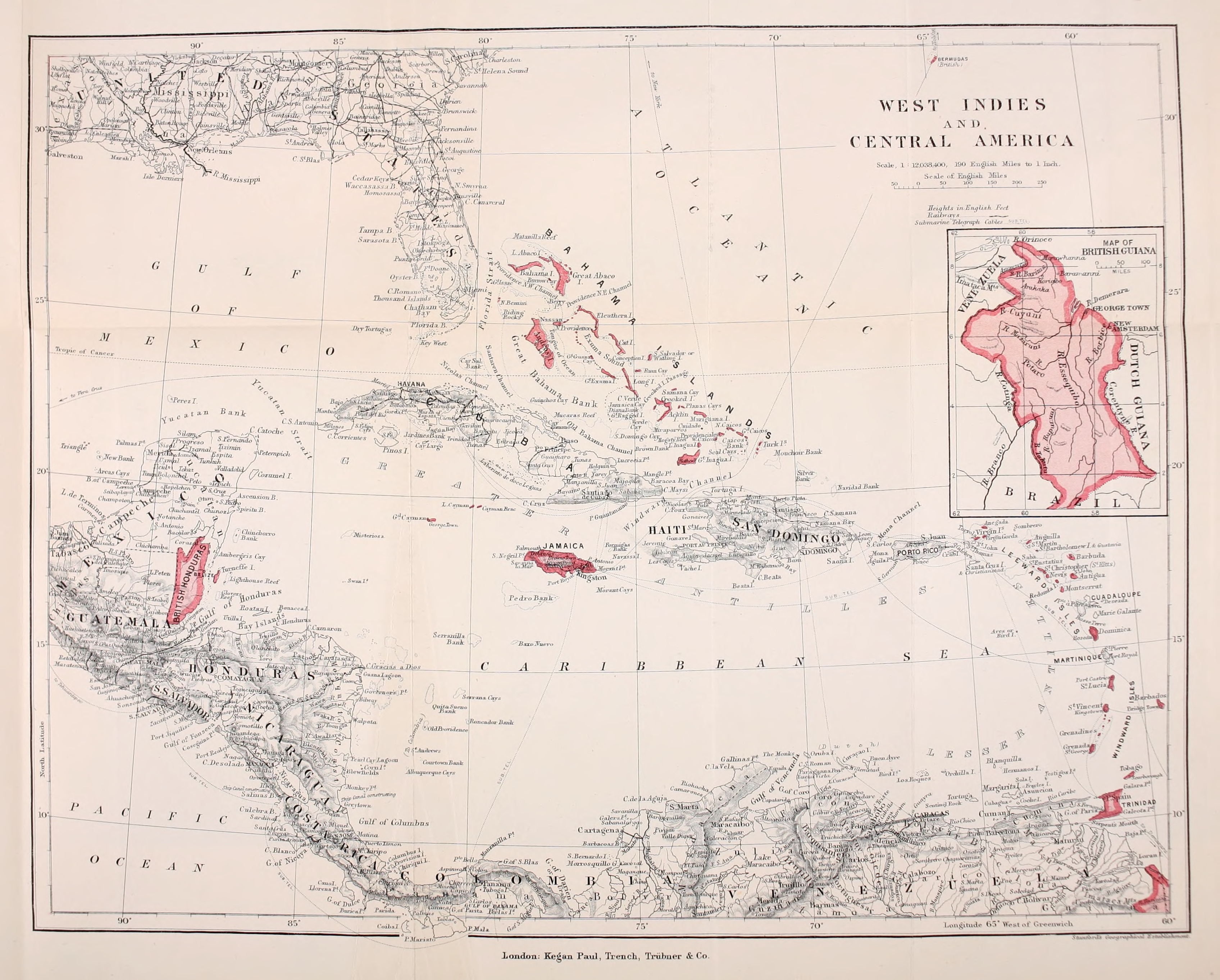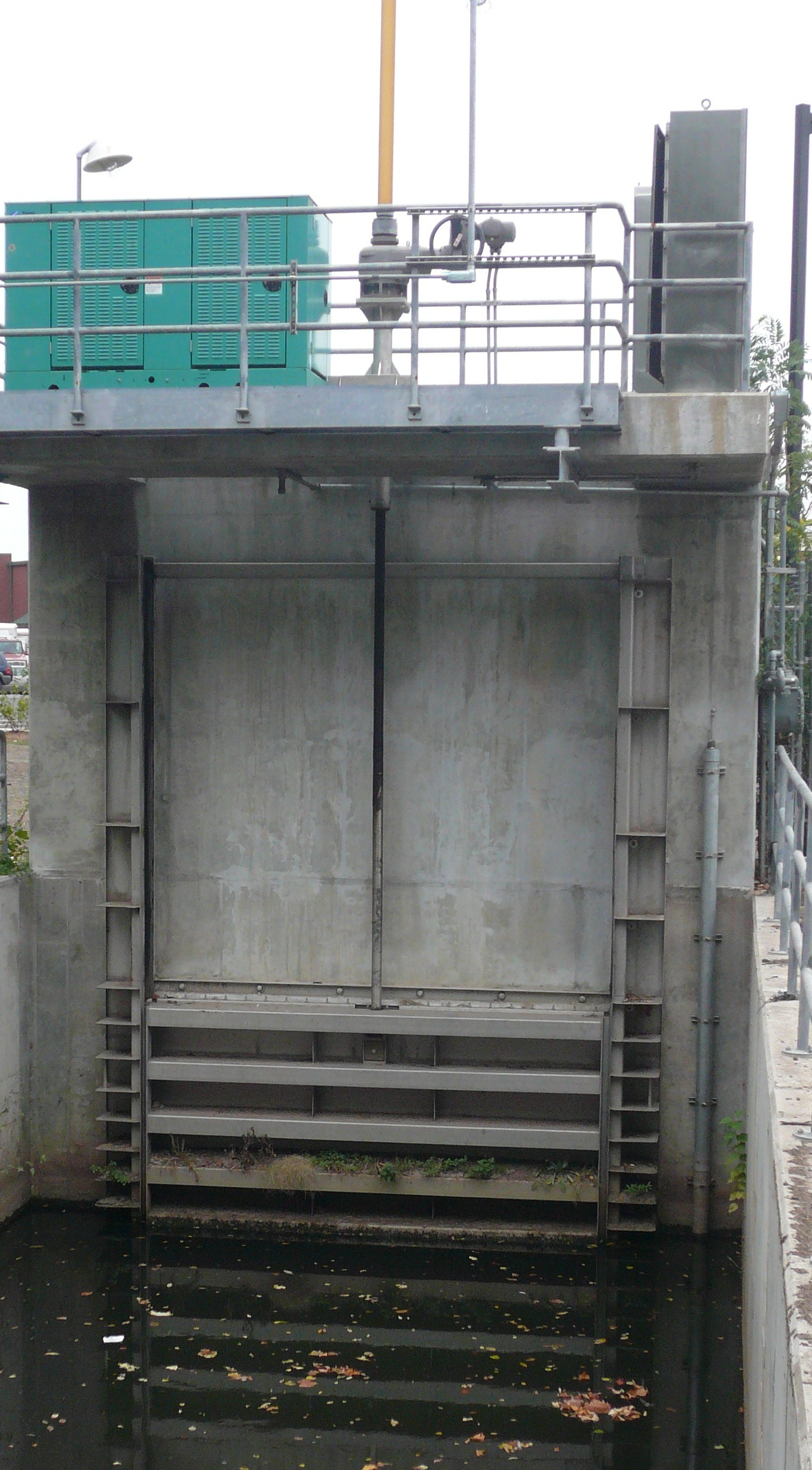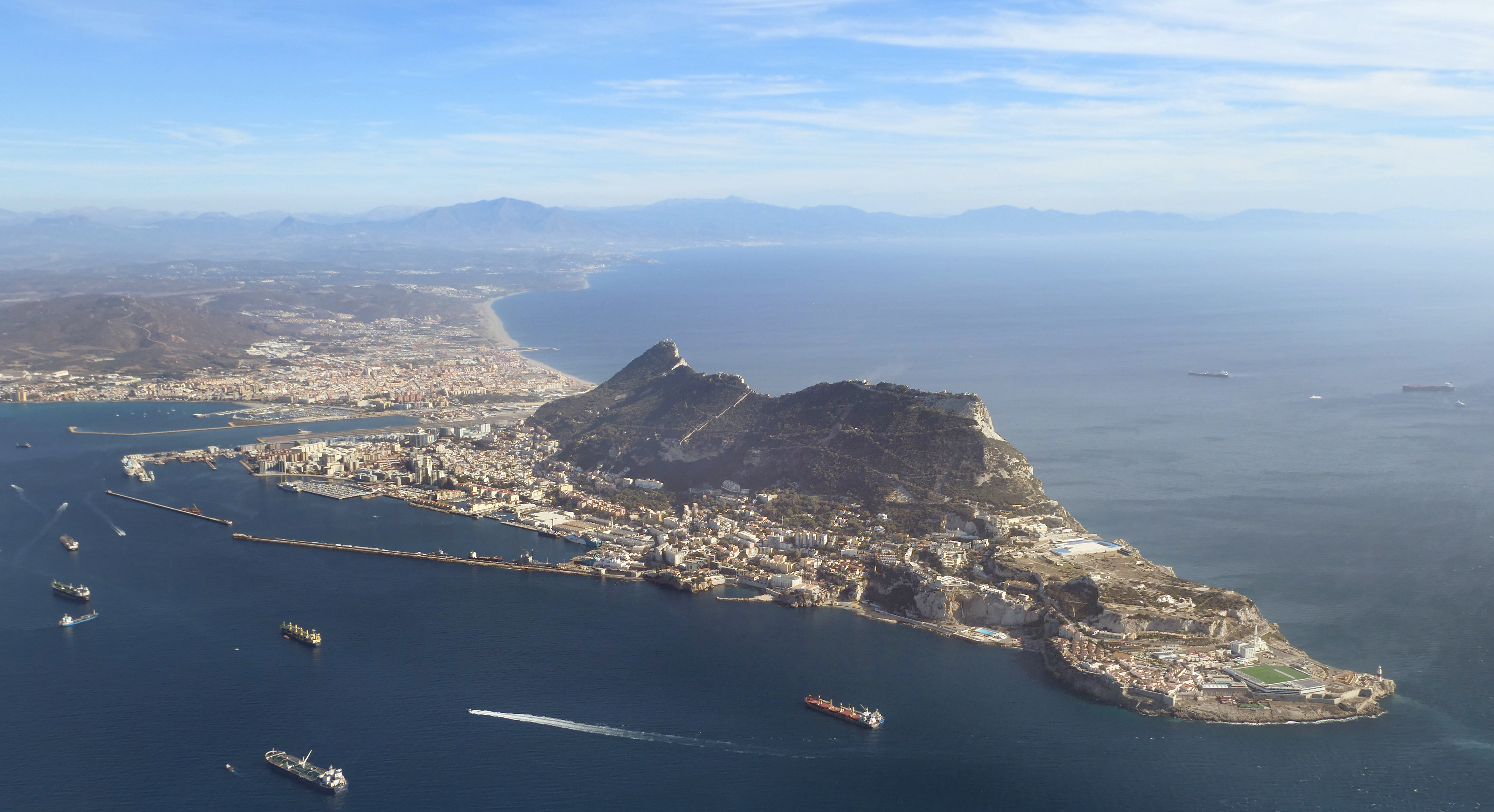|
Samuel Gibbs (officer)
Sir Samuel Gibbs (1770–1815) was an English officer in the British Army during the Napoleonic Wars and the War of 1812, rising to the rank of major-general.Rapson 1890, p. 269. Gibbs was second-in-command under Edward Pakenham at the Battle of New Orleans and died of wounds received while leading one of the main columns in the failed British assault. Life Samuel Gibbs was born on 21 February 1770, the son of Colonel Samuel Gibbs of Horsley Park, Surrey, by his wife Arabella, daughter of Sir William Rowley, admiral of the fleet, and widow of William Martin (), naval officer.Rapson & Harfield 2008. His half-brother was Sir George Martin, admiral of the fleet. Gibbs was appointed an ensign in the 102nd Foot in October 1783. He removed in 1788 to the 60th, with which he served in Upper Canada, until he was promoted in 1792 to a lieutenancy in the 11th. He joined this regiment at Gibraltar, and returned with it to England in February 1793, when he was appointed aide-de-camp to Li ... [...More Info...] [...Related Items...] OR: [Wikipedia] [Google] [Baidu] |
Richard Westmacott
Sir Richard Westmacott (15 July 17751 September 1856) was a British sculptor. Life and career Westmacott studied with his father, also named Richard Westmacott, at his studio in Mount Street, off Grosvenor Square in London before going to Rome in 1793 to study under Antonio Canova. Westmacott devoted all his energies to the study of classical sculpture, and throughout his life his real sympathies were with pagan rather than with Christian art. Within a year of his arrival in Rome he won the first prize for sculpture offered by the Florentine Academy of Arts, and in the following year he gained the papal gold medal awarded by the Academy of St Luke with his bas-relief of Joseph and his brothers. On returning to England in 1797, he set up a studio, where John Edward Carew and Musgrave Watson gained experience. Westmacott had his own foundry at Pimlico, in London, where he cast both his own works, and those of other sculptors, including John Flaxman's statue of Sir John ... [...More Info...] [...Related Items...] OR: [Wikipedia] [Google] [Baidu] |
102nd Foot
The 102nd Regiment of Foot (Royal Madras Fusiliers) was a regiment of the British Army raised by the Honourable East India Company in 1742. It transferred to the command of the British Army in 1862. Under the Childers Reforms it amalgamated with the 103rd Regiment of Foot in 1881 to form the Royal Dublin Fusiliers. History Formation The regiment was raised by the Honourable East India Company as the Madras Europeans from independent companies in 1742 – "European" indicating it was composed of British soldiers, not Indian sepoys. It saw action at the siege of Arcot in autumn 1751 during the Second Carnatic War and went on to fight at the Battle of Plassey in June 1757, the Battle of Condore in December 1758 and the Battle of Wandiwash in January 1760 during the Seven Years' War. It also fought at the siege of Pondicherry in September 1760 during the Third Carnatic War. It became the 1st Madras Europeans, on formation of the 2nd and 3rd Madras Europeans, in 1766. It w ... [...More Info...] [...Related Items...] OR: [Wikipedia] [Google] [Baidu] |
Danish West Indies
The Danish West Indies ( da, Dansk Vestindien) or Danish Antilles or Danish Virgin Islands were a Danish colony in the Caribbean, consisting of the islands of Saint Thomas with ; Saint John ( da, St. Jan) with ; and Saint Croix with . The islands have belonged to the United States since they were purchased in 1917. Water Island was part of the Danish West Indies until 1905, when the Danish state sold it to the East Asiatic Company, a private shipping company. The Danish West India-Guinea Company annexed uninhabited St. Thomas in 1672; annexed St. John in 1718; and bought St. Croix from France ( King Louis XIV) on June 28, 1733. When the Danish West India-Guinea Company went bankrupt in 1754, King Frederik V of Denmark–Norway assumed direct control of the three islands. Britain occupied the Danish West Indies in 1801–02 and 1807–15 during the Napoleonic Wars. Danish colonizers in the West Indies aimed to exploit the profitable triangular trade, involving th ... [...More Info...] [...Related Items...] OR: [Wikipedia] [Google] [Baidu] |
Saint Martin (island)
Saint Martin (french: Saint-Martin; nl, Sint Maarten) is an island in the northeast Caribbean Sea, approximately east of Puerto Rico. The island is divided roughly 60:40 between the France, French Republic () and the Kingdom of the Netherlands (), but the Dutch part is more populated than the French part. The division dates to 1648. The northern French part comprises the Collectivity of Saint Martin and is an overseas collectivity of the French Republic. As part of France, the French part of the island is also part of the European Union. The southern Dutch part comprises Sint Maarten and is one of four constituent countries that form the Kingdom of the Netherlands. On January 1, 2019, the population of the whole island was 73,777 inhabitants, with 41,177 living on the Dutch side and 32,489 on the French side. Note that the figure for the French side is based on censuses that took place after the devastation of Hurricane Irma in September 2017, whereas the figure for the Dutch s ... [...More Info...] [...Related Items...] OR: [Wikipedia] [Google] [Baidu] |
British West Indies
The British West Indies (BWI) were colonized British territories in the West Indies: Anguilla, the Cayman Islands, Turks and Caicos Islands, Montserrat, the British Virgin Islands, Antigua and Barbuda, The Bahamas, Barbados, Dominica, Grenada, Jamaica, Saint Kitts and Nevis, Saint Lucia, Saint Vincent and the Grenadines, British Guiana (now Guyana) and Trinidad and Tobago. Other territories include Bermuda, and the former British Honduras (now Belize). The colonies were also at the center of the transatlantic slave trade, around 2.3 million slaves were brought to the British Caribbean. Before the decolonisation period in the later 1950s and 1960s the term was used to include all British colonies in the region as part of the British Empire. [...More Info...] [...Related Items...] OR: [Wikipedia] [Google] [Baidu] |
Ostend
Ostend ( nl, Oostende, ; french: link=no, Ostende ; german: link=no, Ostende ; vls, Ostende) is a coastal city and municipality, located in the province of West Flanders in the Flemish Region of Belgium. It comprises the boroughs of Mariakerke, Raversijde, Stene and Zandvoorde, and the city of Ostend proper – the largest on the Belgian coast. History Origin to Middle Ages In the Early Middle Ages, Ostend was a small village built on the east-end () of an island (originally called Testerep) between the North Sea and a beach lake. Although small, the village rose to the status of "town" around 1265, when the inhabitants were allowed to hold a market and to build a market hall. The major source of income for the inhabitants was fishing. The North Sea coastline has always been rather unstable due to the power of the water. In 1395 the inhabitants decided to build a new Ostend behind large dikes and further away from the always-threatening sea. 15th to 18th century T ... [...More Info...] [...Related Items...] OR: [Wikipedia] [Google] [Baidu] |
Sluice
Sluice ( ) is a word for a channel controlled at its head by a movable gate which is called a sluice gate. A sluice gate is traditionally a wood or metal barrier sliding in grooves that are set in the sides of the waterway and can be considered as a bottom opening in a wall. Sluice gates are one of the most common hydraulic structures in controlling flow rate and water level in open channels such as rivers and canals. They also could be used to measure the flow. A water channel containing a sluice gate forms a type of lock to manage the water flow and water level. It can also be an open channel which processes material, such as a River Sluice used in gold prospecting or fossicking. A mill race, leet, flume, penstock or lade is a sluice channeling water toward a water mill. The terms sluice, sluice gate, knife gate, and slide gate are used interchangeably in the water and wastewater control industry. They are also used in wastewater treatment plants and to recover mineral ... [...More Info...] [...Related Items...] OR: [Wikipedia] [Google] [Baidu] |
Eyre Coote (British Army Officer, Born 1762)
Eyre Coote (20 May 1762 – 10 December 1823) was an Irish-born British soldier and politician who served as Governor of Jamaica. He attained the rank of general in the British Army and was created a Knight Grand Cross of the Order of the Bath before being stripped of his rank and honours in 1816 after conduct unbecoming an officer and a gentleman. Background He was the second son of the Very Rev. Charles Coote (1713 – 12 February 1776), DD, Dean of Kilfenora and wife (m. 31 July 1753) Grace Tilson (- 1 January 1767), brother of Charles Henry Coote (1754–1823), who succeeded the last Earl of Mountrath as 2nd Baron Castle Coote in 1802, and nephew of Sir Eyre Coote, KB, the celebrated Indian General, to whose vast estates in England and Ireland he eventually succeeded. Career Following studies at Eton and Trinity College Dublin, Coote purchased a commission in 1774 as an ensign in the 37th Regiment of Foot, of which his uncle Lieutenant- General Sir Eyre Coote was colon ... [...More Info...] [...Related Items...] OR: [Wikipedia] [Google] [Baidu] |
Company (military Unit)
A company is a military unit, typically consisting of 80–250 soldiers and usually commanded by a major or a captain. Most companies are formed of three to seven platoons, although the exact number may vary by country, unit type, and structure. Usually several companies are grouped as a battalion or regiment, the latter of which is sometimes formed by several battalions. Occasionally, ''independent'' or ''separate'' companies are organized for special purposes, such as the 1st Air Naval Gunfire Liaison Company or the 3rd Force Reconnaissance Company. These companies are not organic to a battalion or regiment, but rather report directly to a higher level organization such as a Marine Expeditionary Force headquarters (i.e., a corps-level command). Historical background The modern military company became popularized during the reorganization of the Swedish Army in 1631 under King Gustav II Adolph. For administrative purposes, the infantry was divided into companies consisti ... [...More Info...] [...Related Items...] OR: [Wikipedia] [Google] [Baidu] |
Samuel Hood, 1st Viscount Hood
Samuel Hood, 1st Viscount Hood (12 December 1724 – 27 January 1816) was an admiral in the Royal Navy. As a junior officer he saw action during the War of the Austrian Succession. While in temporary command of , he drove a French ship ashore in Audierne Bay, and captured two privateers in 1757 during the Seven Years' War. He held senior command as Commander-in-Chief, North American Station and then as Commander-in-Chief, Leeward Islands Station, leading the British fleet to victory at Battle of the Mona Passage in April 1782 during the American Revolutionary War. He went on to be Commander-in-Chief, Portsmouth, then First Naval Lord and, after briefly returning to the Portsmouth command, became Commander-in-Chief, Mediterranean Fleet during the French Revolutionary Wars. His younger brother was Admiral Alexander Hood, 1st Viscount Bridport (1726–1814), and his first cousin once-removed was Admiral Sir Samuel Hood, 1st Baronet (1762–1814). Early life Childhood The elde ... [...More Info...] [...Related Items...] OR: [Wikipedia] [Google] [Baidu] |
James Grant (British Army Officer, Born 1720)
James Grant, Laird of Ballindalloch (1720–1806) was a British Army officer who served as a major general during the American War of Independence. He served as Governor of East Florida from 1763 to 1771, and between 1773 and 1802 he had seats in the House of Commons. Early career Grant was born on the family estate of Ballindalloch in Banffshire in the Northeast of Scotland. He began his military career by purchasing a commission as captain in the Royal Scots on 24 October 1744. The regiment was shipped to the Continent and Grant fought with them in the Battle of Fontenoy during the War of the Austrian Succession. French and Indian War By 1757, Grant was a major of the 77th Regiment of Foot (Montgomerie's Highlanders), fighting in the French and Indian War in the British Thirteen Colonies. In 1758, he led part of the regiment in an expedition led by General John Forbes. On this expedition, he became acquainted with others who would also play larger parts in the American Rev ... [...More Info...] [...Related Items...] OR: [Wikipedia] [Google] [Baidu] |
Gibraltar
) , anthem = " God Save the King" , song = " Gibraltar Anthem" , image_map = Gibraltar location in Europe.svg , map_alt = Location of Gibraltar in Europe , map_caption = United Kingdom shown in pale green , mapsize = , image_map2 = Gibraltar map-en-edit2.svg , map_alt2 = Map of Gibraltar , map_caption2 = Map of Gibraltar , mapsize2 = , subdivision_type = Sovereign state , subdivision_name = , established_title = British capture , established_date = 4 August 1704 , established_title2 = , established_date2 = 11 April 1713 , established_title3 = National Day , established_date3 = 10 September 1967 , established_title4 = Accession to EEC , established_date4 = 1 January 1973 , established_title5 = Withdrawal from the EU , established_date5 = 31 January 2020 , official_languages = English , languages_type = Spoken languages , languages = , capital = Westside, Gibraltar (de facto) , coordinates = , largest_settlement_type = largest district , larg ... [...More Info...] [...Related Items...] OR: [Wikipedia] [Google] [Baidu] |






